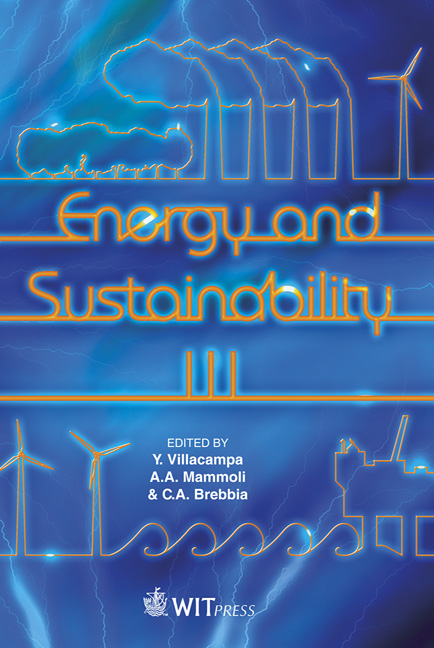The Role Of District Energy In Greening Existing Neighborhoods: A Primer For Policy Makers And Local Government Officials
Price
Free (open access)
Transaction
Volume
143
Pages
11
Page Range
217 - 227
Published
2011
Size
347 kb
Paper DOI
10.2495/ESUS110191
Copyright
WIT Press
Author(s)
T. Osdoba, E. Dunn, H. Van Hemert & J. Love
Abstract
District energy systems will play an ever more critical role in achieving community sustainability goals, as standards for energy efficiency and GHG emissions get more aggressive, and as existing buildings hit the limit of what can be accomplished within their property boundaries. District energy systems, especially those based on renewable fuels and/or the capture of waste heat, offer a very low-cost and low-carbon alternative for providing heat, hot water and cooling to entire communities of homes and businesses. Such systems are relevant and viable in both traditional urban villages and compact rural towns. The coordination required among multiple owners for the financing, build-out and connection to such systems poses challenges that local governments need to be poised to solve. At the same time, the \“utility service model” that often emerges as the basis for solutions can also be used to organize and fund other community-based energy and infrastructure projects, ranging from water management to complete streets to urban agriculture. The Preservation Green Lab has collaborated with the University of Oregon’s Lundquist College Center for Sustainable Business Practices to create a policy primer and roadmap for communities wishing to create or expand district energy systems in neighborhoods of older and historic buildings. Keywords: district energy, renewable energy, eco-district, district heating, district cooling, combined heat and power, municipal energy policy.
Keywords
district energy, renewable energy, eco-district, district heating,district cooling, combined heat and power, municipal energy policy





